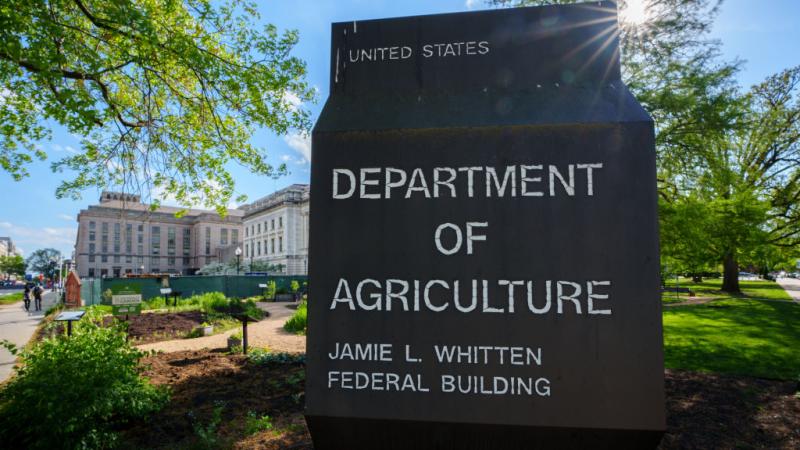New EPA regulations for safe water expected to cost municipalities billions
Previous guidelines for forever chemicals in drinking water were 70 parts per trillion. EPA set 4 parts per trillion as new guideline.
For the first time in 26 years, the U.S. Environmental Protection Agency has issued new guidelines for drinking water safety. Municipal utilities will be required to install expensive filtration systems to lower the amount of PFAS in water supplies.
PFAS and PFOS are a class of 14,000 chemicals that contaminate the drinking water of more than 200 million Americans. The chemicals are used in a wide variety of products, from non-stick pans and stain-resistant treatments for clothing and furniture to semiconductor coatings and firefighting foam.
Iyala Simba, city programs director at the Illinois Environmental Council, says PFAS are miniscule chemical compounds that are impossible to see and impossible to avoid.
“Food wrappers and pizza boxes contain PFAS to make them grease-proof,” she told The Center Square.
The Illinois Environmental Council successfully lobbied for the gradual phase out of firefighting foam, which contains heavy concentrations of PFAS. The chemical compounds are known as “forever chemicals” because they never break down. PFAS are linked to cancer, kidney disease, liver problems and birth defects.
“This is an issue that we are going to be dealing with for decades, if not hundreds of years because of how these chemicals are set up. They are not meant to break down,” Simba said.
In 2021, Illinois received millions of federal dollars to mitigate PFAS contamination. The new EPA drinking water guidelines are expected to cost Illinois municipalities billions of dollars.
“This is something that a lot of water treatment plants are really afraid of because they can’t begin to cover the costs,” Simba said.
Municipalities are expected to initiate lawsuits against PFAS producers, including the U.S. military, which uses firefighting foam at airports and training facilities, and chemical companies DuPont, Chemours and 3M, which use PFAS in hundreds of applications from non-stick cookware and rain gear to construction materials and packaging.
Previous guidelines for forever chemicals in drinking water were 70 parts per trillion. The EPA set 4 parts per trillion as the new guideline. Scientists say that 4ppt is a huge improvement, but they emphasize that no traceable level of forever chemicals in drinking water is “safe.”
















